Is LG Getting Aggressive with OLED TV Pricing?
While prices have yet to be officially released, when looking at the 65” models in each series, the expected price drops are between 17.9% and 19.2%, based on last year’s models initial pricing in South Korea, while the feature set is in most instances comparable or better. Given that 55” and 65” TVs are the most popular among consumers, we expect a similar price drop for 55” sets. Larger models will likely see lesser price reductions, as they remain in a ‘premium’ category, but we expect LGE has been able to see the production cost of OLED TV panels decline as their fab in Guangzhou ramped production late last year.
While we also expect new 48” models to see a lesser percentage reduction than 65” models, there is the possibility that the 48” ‘A’ series entry level 4K OLED TV could be offered at $999 in the US, which would make it the lowest priced OLED TV available, considerably lower in price than the 48” ‘C’ series model, which is $1,499. We note also that price for OLED TVs are higher in almost all regions (including South Korea) than they are in the US, so price reduction percentages in the US could vary a bit from other countries.


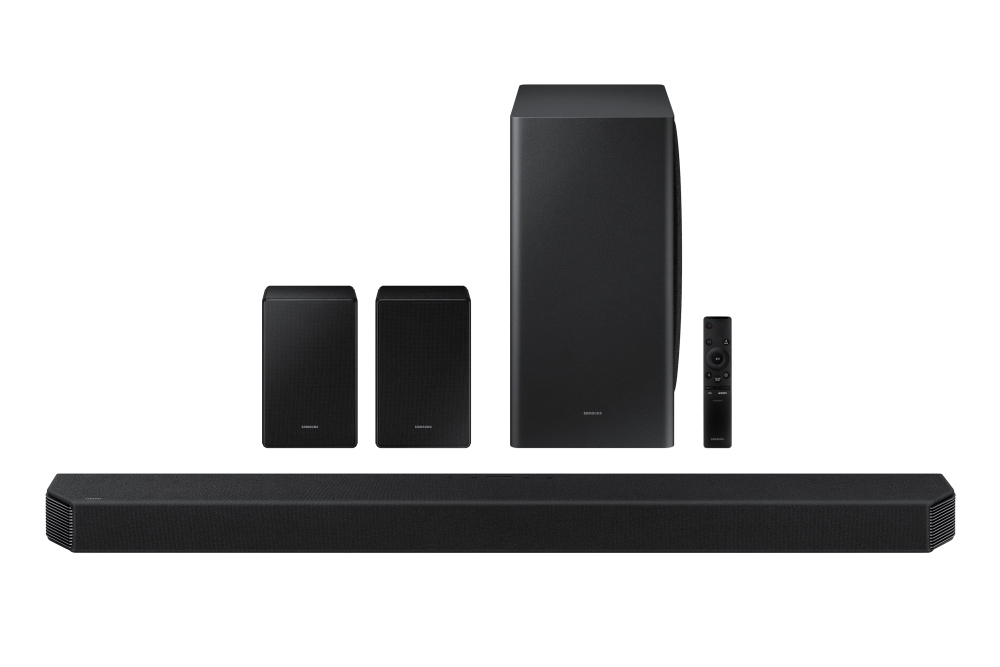
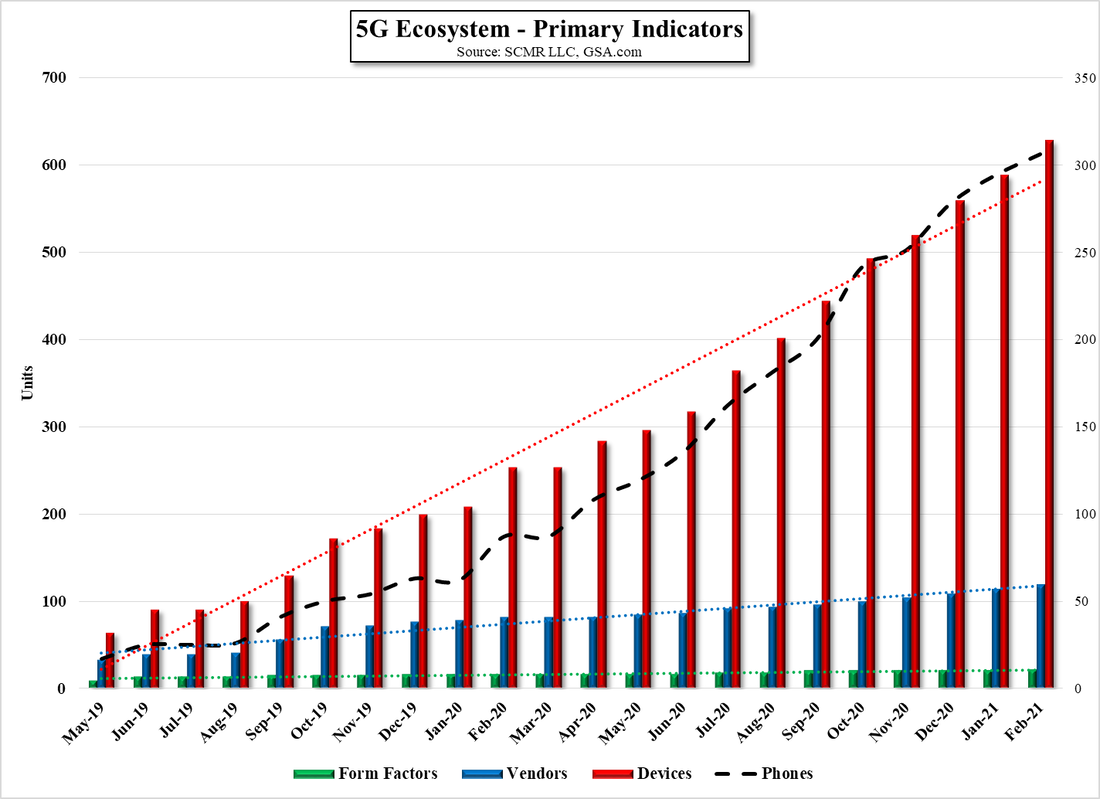
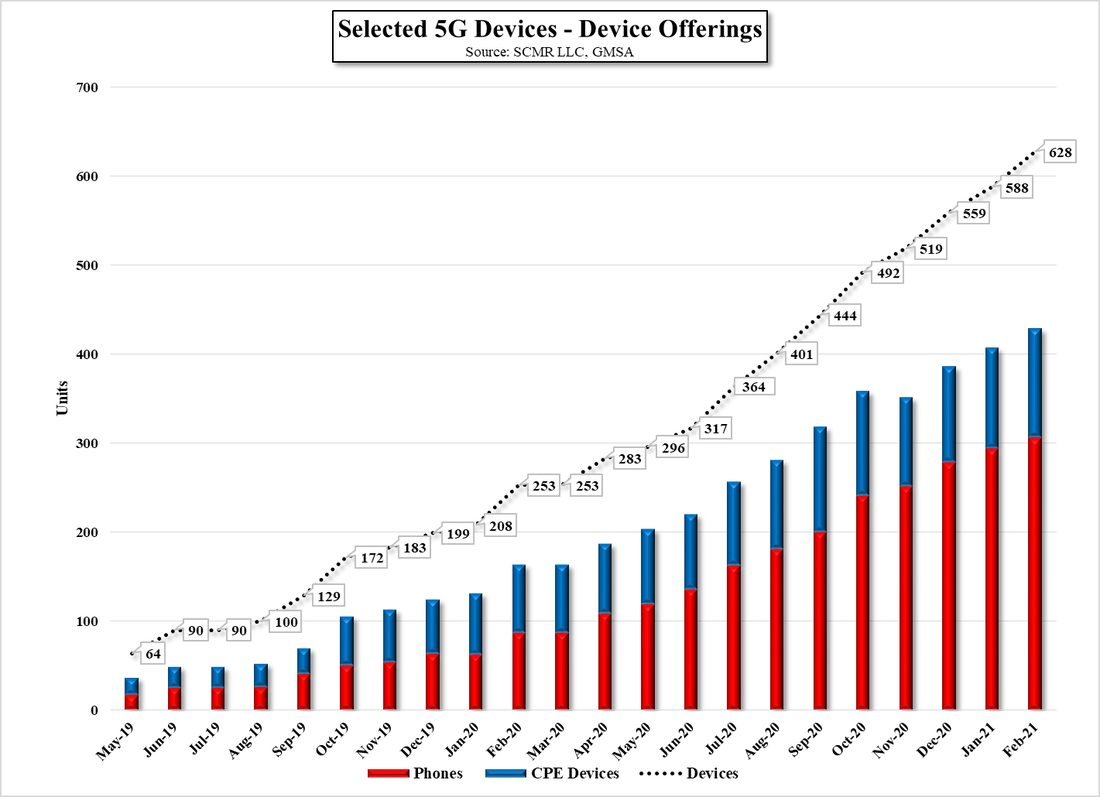
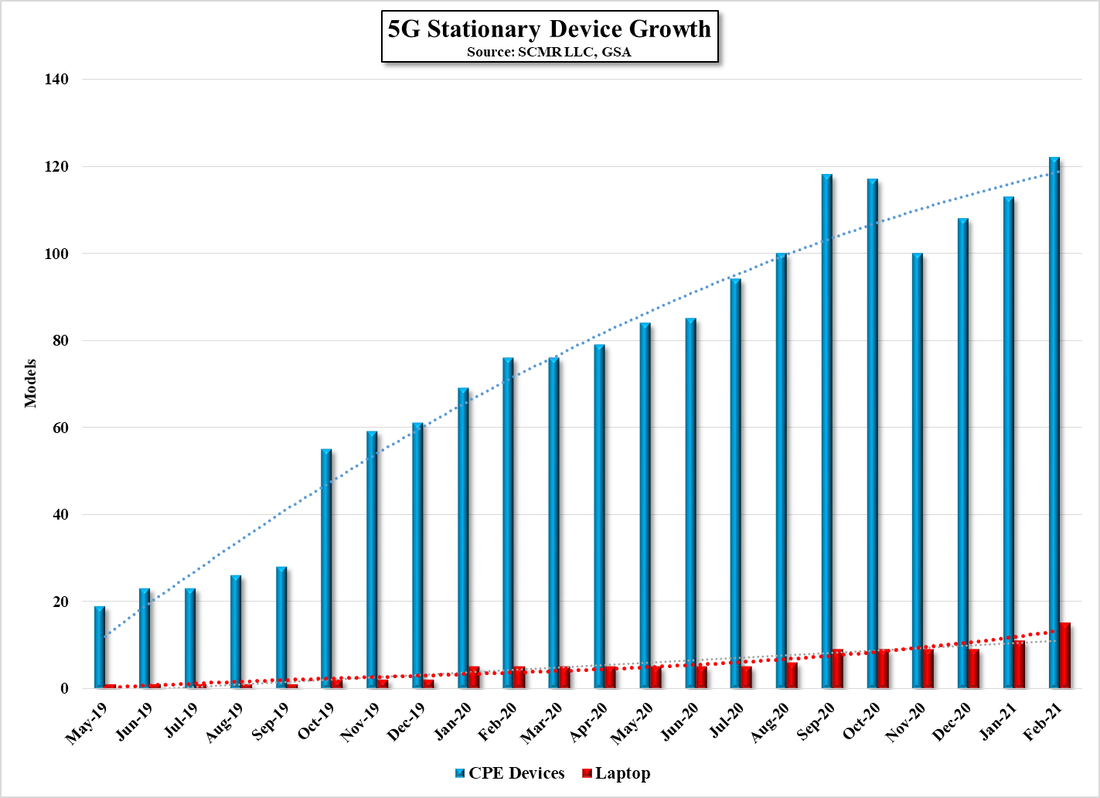

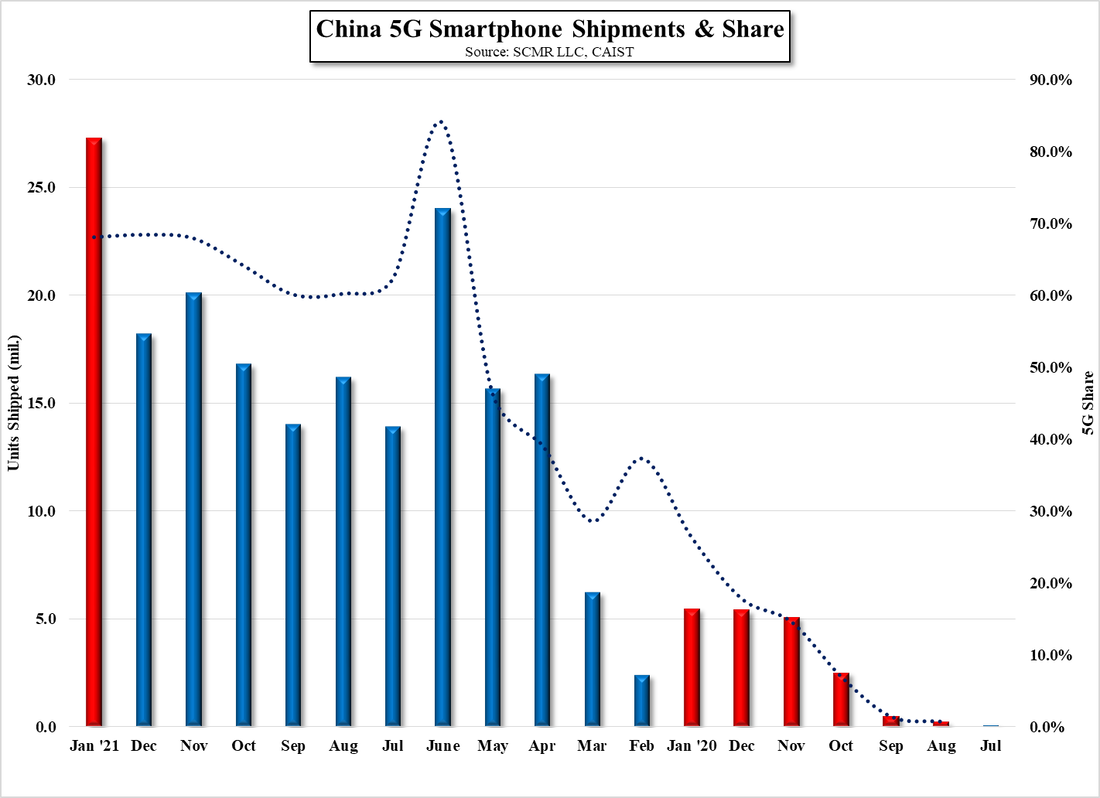


 RSS Feed
RSS Feed